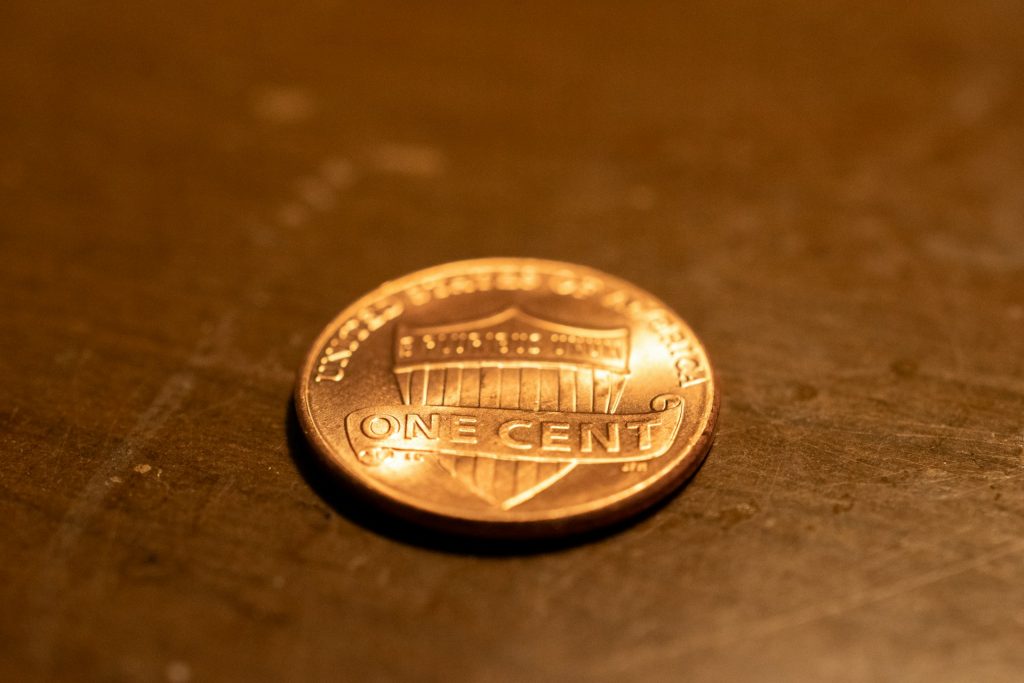Currency history was made in Philadelphia this week as the United States Mint officially halted the production of the 1-cent coin. The final “penny” was struck on Wednesday, bringing an end to a manufacturing run that spanned more than 230 years. The move follows an order from President Donald Trump in February, who cited the coin’s increasing production cost and diminishing relevance in daily transactions.
The Last Strike
The U.S. Mint confirmed the final coin was pressed in Philadelphia, the same city where the penny’s production first began in 1793. This last batch of pennies, however, will not be heading into cash registers. According to U.S. Treasurer Brandon Beach, these ceremonial final coins are slated to be auctioned off. The last pennies intended for actual public circulation were reportedly minted back in June.
An Unsustainable Coin
The decision to stop production was, ultimately, a simple matter of economics. The government cited the unprofitability of the coin, noting that the cost of manufacturing the penny has long exceeded its face value. Composed mainly of copper and zinc, the 1-cent piece cost about 1.42 cents to make a decade ago; recently, that cost ballooned to 3.69 cents, with other estimates placing it around four cents. By halting production, the government anticipates an annual savings of approximately $56 million (nearly €50 million).
The Transition to Rounding
Despite the halt in production, the penny is not disappearing overnight. The coin remains legal tender. With estimates suggesting hundreds of billions of them are still in circulation—sources cite figures ranging from 114 billion to nearly 300 billion—they will likely remain in use for some time. Businesses are now expected to begin rounding cash transaction totals to the nearest 5-cent increment, the “nickel.”
Abrupt Change and Public Nostalgia
This transition, however, has drawn criticism from some business leaders. They argue the move came too abruptly and that the U.S. government failed to provide concrete guidelines for the new rounding procedures. With supplies of new pennies already drying up, some shops have taken matters into their own hands, offering free drinks or other small items in exchange for customers bringing in their hoarded pennies.
While the coin has lost most of its practical purchasing power, many Americans hold a nostalgic attachment to the penny. It has been widely viewed as a good luck charm or a collector’s item, particularly since 1909, when it first featured the profile of former President Abraham Lincoln.
